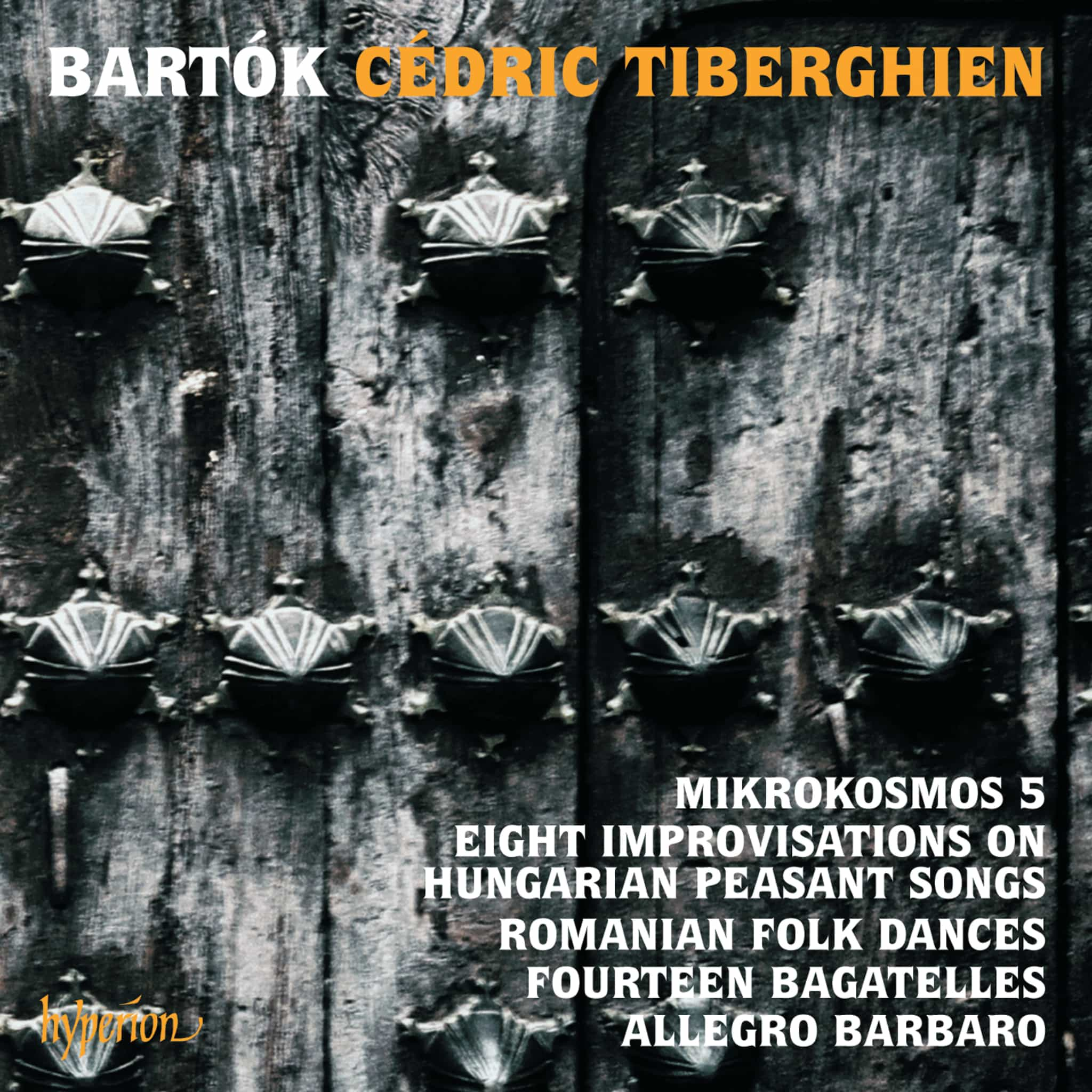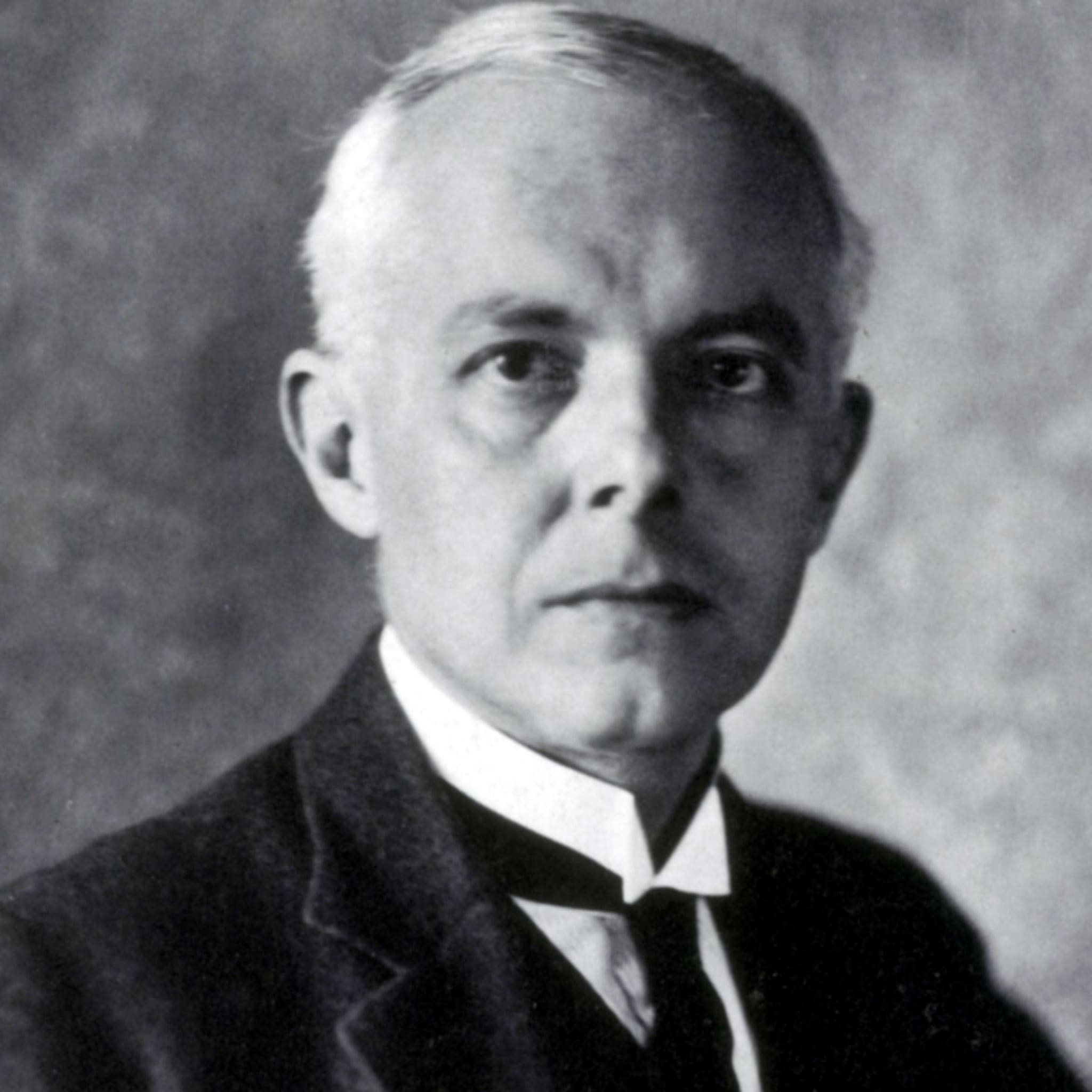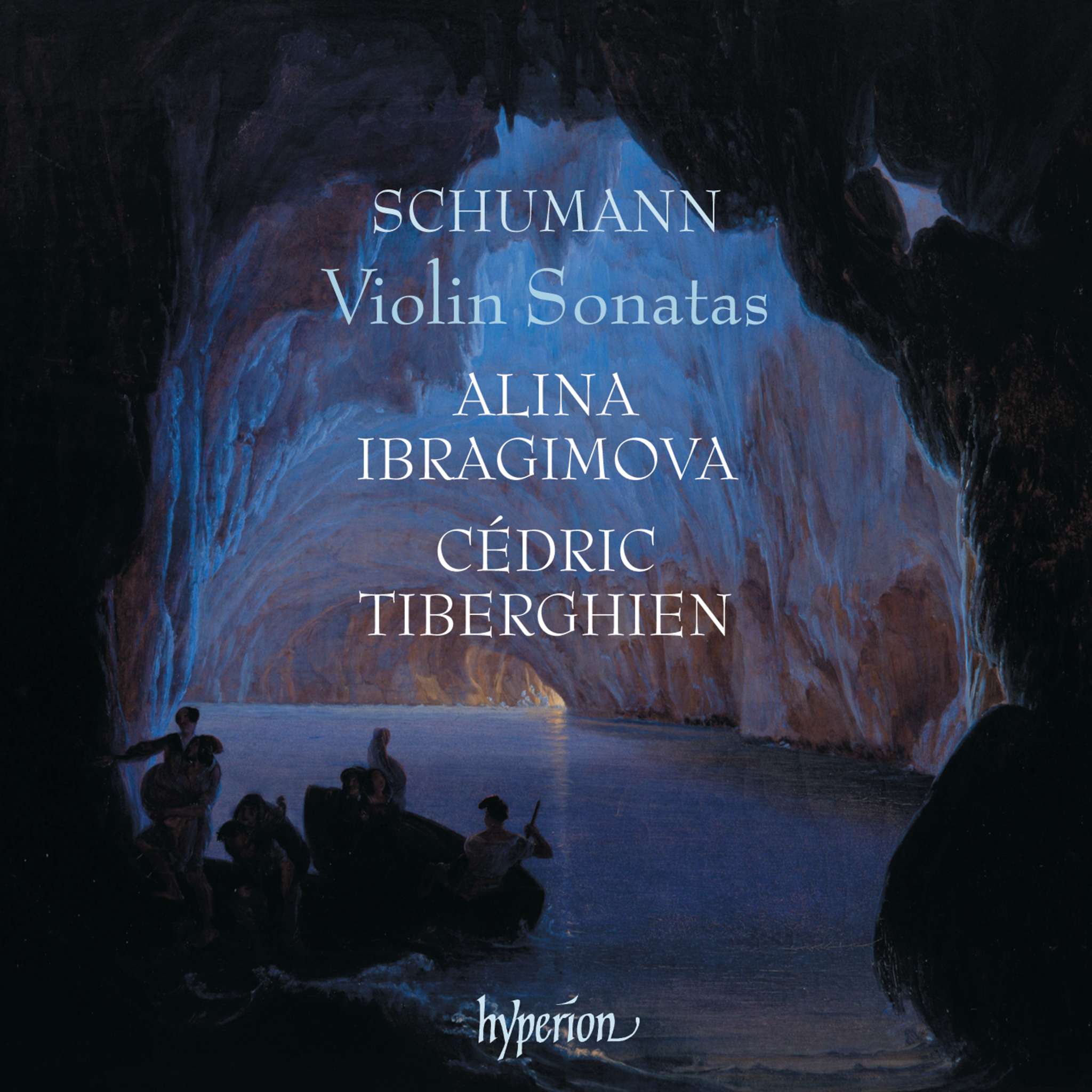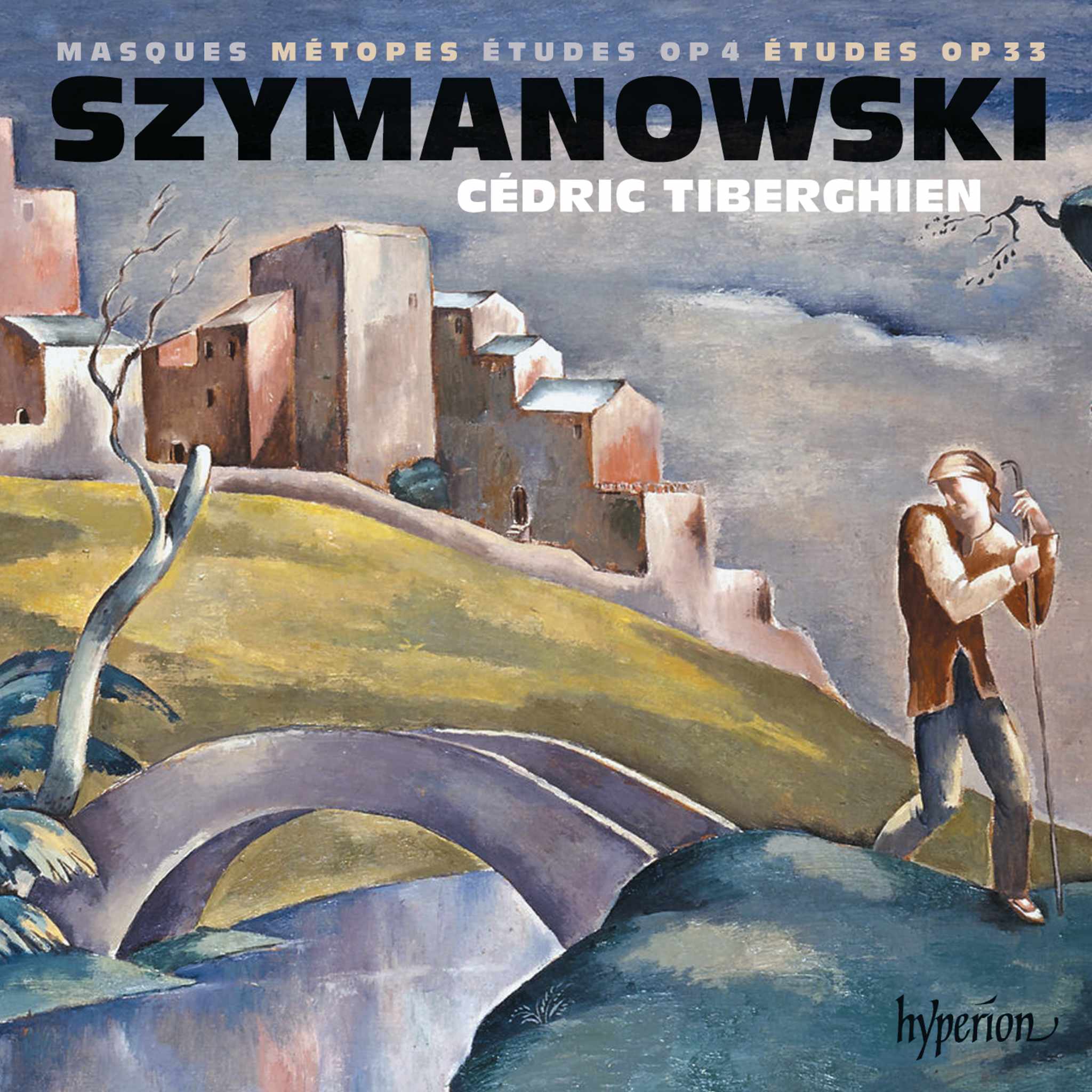Album insights
Tallis's passing marked a significant loss in the English music scene of the sixteenth century, as expressed in William Byrd's elegy. Byrd's personal regret stemmed from their collaboration following the crown's grant in 1575. Byrd likely saw an opportunity in Tallis's vast repertoire of Latin church music. Tallis had served across different reigns and survived political and religious shifts, making him an ideal partner for Byrd. Tallis, whose career spanned through various English rulers, emerged as a stalwart figure before his death in 1585. His extensive contributions to Catholic music possibly predated the Cantiones Sacrae era. Tallis's musical legacy unfolded early in Dover and later enriched the Cathedral choir in Canterbury. The collaboration between Byrd and Tallis marked a significant chapter in English music history, paving the way for future generations to preserve and rediscover their works.
William Byrd, believed to be born around 1505, entered into the music scene in 1532 as an organist. His journey through different musical institutions culminated in a pivotal role at the Chapel Royal, where he eventually crossed paths with Tallis. Byrd's later adaptations of Tallis's works into English texts helped keep Tallis's legacy alive over the centuries, even though much of his repertoire remains relatively unknown outside scholarly circles. Byrd's contributions to the Tudor Church Music revival in the 1920s shed light on Tallis's works that were otherwise obscure. Accessing Tallis's early compositions has become more feasible in recent decades, thanks to efforts aimed at reconstructing missing parts and making his music more playable for contemporary audiences.
Tallis's compositions, particularly his Mass settings and Votiv antiphons, showcased his proficiency in sacred music. The reimagining of the incomplete tenor parts in compositions like "Salve intemerata" highlights the collective effort to resurrect pivotal works from Tallis's repertoire. His compositions reflected the evolving religious landscape of the time, catering to a devout community within the confines of religious institutions like Canterbury Cathedral and others across England. The collaborative spirit in music-making during Tallis's era underscored a gradual shift towards more secular ensembles enriching the musical offerings in churches, thus deviating from traditional monastic practices. The reconstruction of Tallis's early works offers a glimpse into his musical prowess and contributions to Marian devotion in England.
The basis for Tallis's compositions lies in the surviving choirbooks, believed to have been curated for Canterbury Cathedral in the 1540s. These choirbooks were emblematic of a musical exchange between institutions like the Magdalen College Oxford and Canterbury, where artists like Tallis spread their musical influences. The interplay of Marian devotion and liturgical practices in churches like Canterbury contributed to a rich tapestry of polyphonic music, echoing the fervor for sacred compositions during Tallis's time. The secularization of music in church settings brought about a new wave of choral ensembles that reshaped the landscape of sacred music production, positioning artists like Tallis at the forefront of musical innovation.
Tallis's sacred compositions, anchored by pieces like the Mass "Salve intemerata," epitomized a transformative era in English sacred music. The interplay between sacred and secular influences in Tallis's works marked a pivotal shift in the English music scene, underscoring his role as a trailblazer in Marian devotion narratives through music. Tallis's legacy lives on through the meticulous efforts to resurrect and perform his works, ensuring that future generations appreciate the profound impact of his compositions on English sacred music history.






